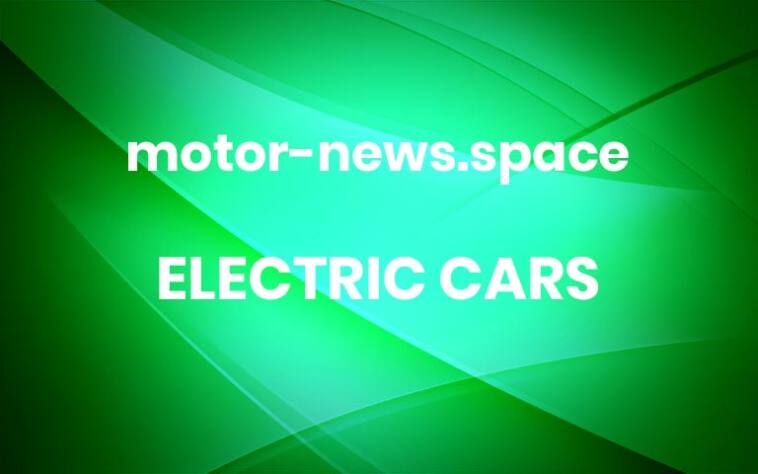2024 Hyundai Kona Electric Battery, Range Specs Revealed
Unlike the Ioniq range of EVs based on e-GMP platform, updated Hyundai Kona is underpinned by a modified B-segment platform of its predecessor2024 Hyundai Kona Electric
Hyundai and Kia are currently on the offensive where EVs are concerned. The duo are actively pushing ahead in EV space. With EV juggernauts like Tesla and BYD to beat, Hyundai and Kia have launched a slew of popular EVs. Ioniq 5 and Kia EV-6 are stark examples of this. Design of the new Kona EV was released late last year. Now, Hyundai has revealed official battery specs and range details of New Hyundai Kona Electric.
Just like its predecessor, Hyundai has not made Kona EV-only. At least for now. In this sense, Kona will spawn a ICE model and a strong hybrid model alongside an EV-only model. Underpinning this project, is a modified version of Hyundai’s B-segment platform enabling mounts for engine and also hybrid components. How better is it as opposed to its predecessor? Let’s take a look.
2024 Hyundai Kona Electric
New Hyundai Kona Electric Specs
New Gen Kona Electric comes with two battery pack options. The base variant gets a 48.4 kWh battery pack claiming to deliver a range of 342 kms on full charge. The top variant comes with a larger 65.4 kWh battery pack that delivers a drive range of 490 kms. Fast charging option is available. The bigger battery pack takes only 41 minutes to charge from 10-80% via fast charger.
Both battery pack options with new Kona get a front mounted electric motor. In the smaller battery pack option, the electric motor is rated to deliver 154 hp while with the larger battery pack you get 214 hp. Torque output has been kept at 255 Nm for both variants.
2024 Hyundai Kona Electric
Speaking of India, we currently get a 39.2 kWh battery pack option with a claimed range of 452 km. If next gen Hyundai Kona EV is launched in India, it should boast a better range than outgoing model. Just like current Kona, the new one also comes with Vehicle-to-load capability. This means that you will be able to charge internal as well as external devices like home appliances using Kona EV.
Design & Features
Hyundai has come up with a radical and geometric design for new Kona. With many of Hyundai’s designs, upgrades usually don’t feel organic and cohesive in capturing the essence of its predecessor. That is not the case with new Hyundai Kona. The parametric and pixel design philosophies combine to form a handsome-looking front.
Headlight and brake light elements are housed in separate pods, while LED light bars take the centre stage at both ends. They accentuate the width of new Kona. Speaking of, new gen Hyundai Kona is 5.5” (139.7mm) longer, 0.9” (22.86mm) wider and has a 2.3” (58.42mm) longer wheelbase over its predecessor.
2024 Hyundai Kona Electric
The sharp lines and creases at the sides give it an athletic appeal. At the same time, flared wheel arches and undercuts behind its fenders add substantial muscle. There are smart-looking 5-spoke design alloy wheels and near the C-pillar, shoulder-line and roof-line merge to neatly form an X-insignia.
On the inside, Hyundai has used sustainable materials. The main attraction here are its dual 12.3” digital displays and a 12” HUD. Wireless Android Auto and Apple CarPlay, NFC-enabled smartphone and smartwatch access digital key, ambient lighting, flat reclining electric front seats, Hyundai SmartSense ADAS tech, remote parking among many, are highlight features. More



